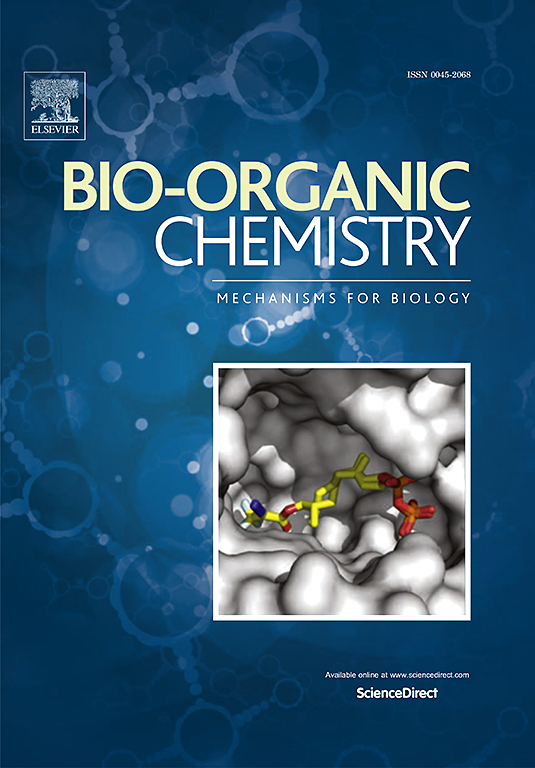Gold nanoparticles-based targeted delivery of rapamycin and Olaparib to breast cancer: An in vitro and in vivo approach
IF 4.5
2区 医学
Q1 BIOCHEMISTRY & MOLECULAR BIOLOGY
引用次数: 0
Abstract
Triple negative form of breast cancer (abbreviated as TNBC) is considered as the most aggressive form causing high mortality worldwide. Different treatment modalities such as chemotherapy, surgery, hormonal therapy and radiation therapy are employed for eliminating breast cancer, which are associated with many limitations. Therefore, considering the significance of metal nanoparticles in the biomedical sector, especially gold nanoparticles, in the current manuscript, we have designed and developed a combinatorial approach for synthesizing two types of gold (Au) nanoformulations (Au-Dex-MUA-Rapa, Au-Dex-MUA-Ola) using 11-mercaptoundecanoic acid (MUA), dexamethasone (Dex) (glucocorticoid receptor targeted molecule) along with rapamycin (Rapa: inhibitor of mTOR) or olaparib (Ola: inhibitor of PARP) against TNBC. These gold nanoformulations were characterized thoroughly using several analytical techniques such as TEM, spectroscopy, DLS, HPLC and ICPOES. The in vitro MTT assays (normal cells: HEK-293 and CHO) and ex vivo CAM assay displays the biocompatible properties of the conjugated gold nanoformulations. Further, the anticancer properties of the conjugated gold nanoformulations in TNBC cells (MDA-MB-231) were evaluated through several in vitro experiments along with plausible mechanism of action. The intraperitoneal administration of gold nanoformulations into the breast tumor bearing BALB/c mice inhibits the tumor growth and increases their survivability. Additionally, we have investigated the plausible mechanistic studies behind the anticancer properties of the conjugated gold nanoformulations. Finally, we have found the non-toxic nature of these nanoformulations at therapeutic dose. Considering the above results, the conjugated gold nanoformulations could be used as an alternative therapeutic strategy for the treatment of breast carcinoma in near future.

求助全文
约1分钟内获得全文
求助全文
来源期刊

Bioorganic Chemistry
生物-生化与分子生物学
CiteScore
9.70
自引率
3.90%
发文量
679
审稿时长
31 days
期刊介绍:
Bioorganic Chemistry publishes research that addresses biological questions at the molecular level, using organic chemistry and principles of physical organic chemistry. The scope of the journal covers a range of topics at the organic chemistry-biology interface, including: enzyme catalysis, biotransformation and enzyme inhibition; nucleic acids chemistry; medicinal chemistry; natural product chemistry, natural product synthesis and natural product biosynthesis; antimicrobial agents; lipid and peptide chemistry; biophysical chemistry; biological probes; bio-orthogonal chemistry and biomimetic chemistry.
For manuscripts dealing with synthetic bioactive compounds, the Journal requires that the molecular target of the compounds described must be known, and must be demonstrated experimentally in the manuscript. For studies involving natural products, if the molecular target is unknown, some data beyond simple cell-based toxicity studies to provide insight into the mechanism of action is required. Studies supported by molecular docking are welcome, but must be supported by experimental data. The Journal does not consider manuscripts that are purely theoretical or computational in nature.
The Journal publishes regular articles, short communications and reviews. Reviews are normally invited by Editors or Editorial Board members. Authors of unsolicited reviews should first contact an Editor or Editorial Board member to determine whether the proposed article is within the scope of the Journal.
 求助内容:
求助内容: 应助结果提醒方式:
应助结果提醒方式:


